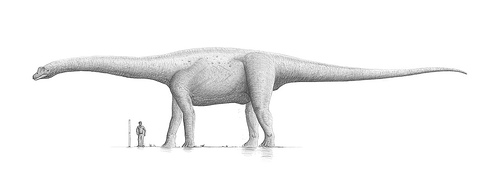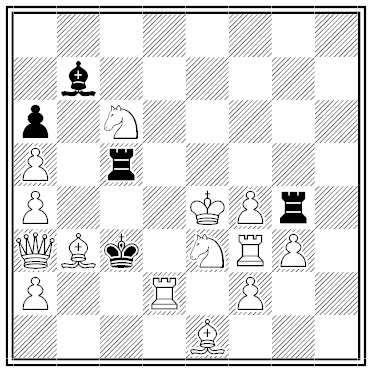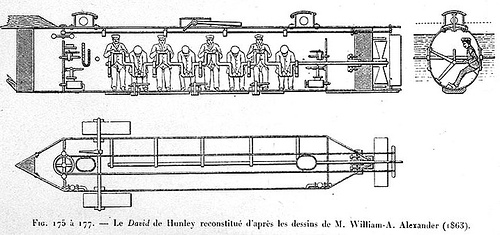Excerpts from the log of J.E. Duane, a weather observer at Long Key, Fla., when the most intense hurricane in U.S. history made landfall on Sept. 2, 1935:
9:20 p.m. I put my flashlight out to sea and could see walls of water which seemed many feet high. I had to race fast to regain the entrance of the cottage, but water caught me waist deep, although writer was only about 60 feet from doorway of cottage. Water lifted cottage from foundations and it floated.
10:15 p.m. The first blast from SSW, full force. House breaking up — wind seemed stronger than any time during storm. I glanced at barometer which read 26.98 inches, dropped it in the water and was blown outside into sea; got hung up in broken fronds of coconut tree and hung on for dear life. I was struck by some object and knocked unconscious.
Later: “2:25 a.m. I became conscious in tree and found I was lodged about 20 feet above ground.”




